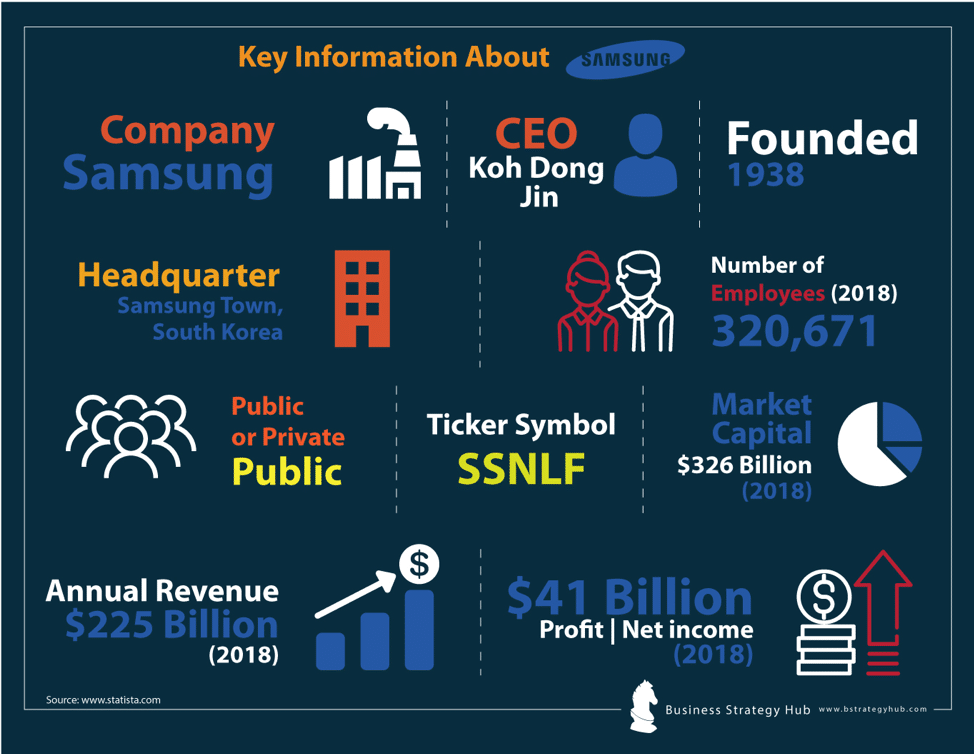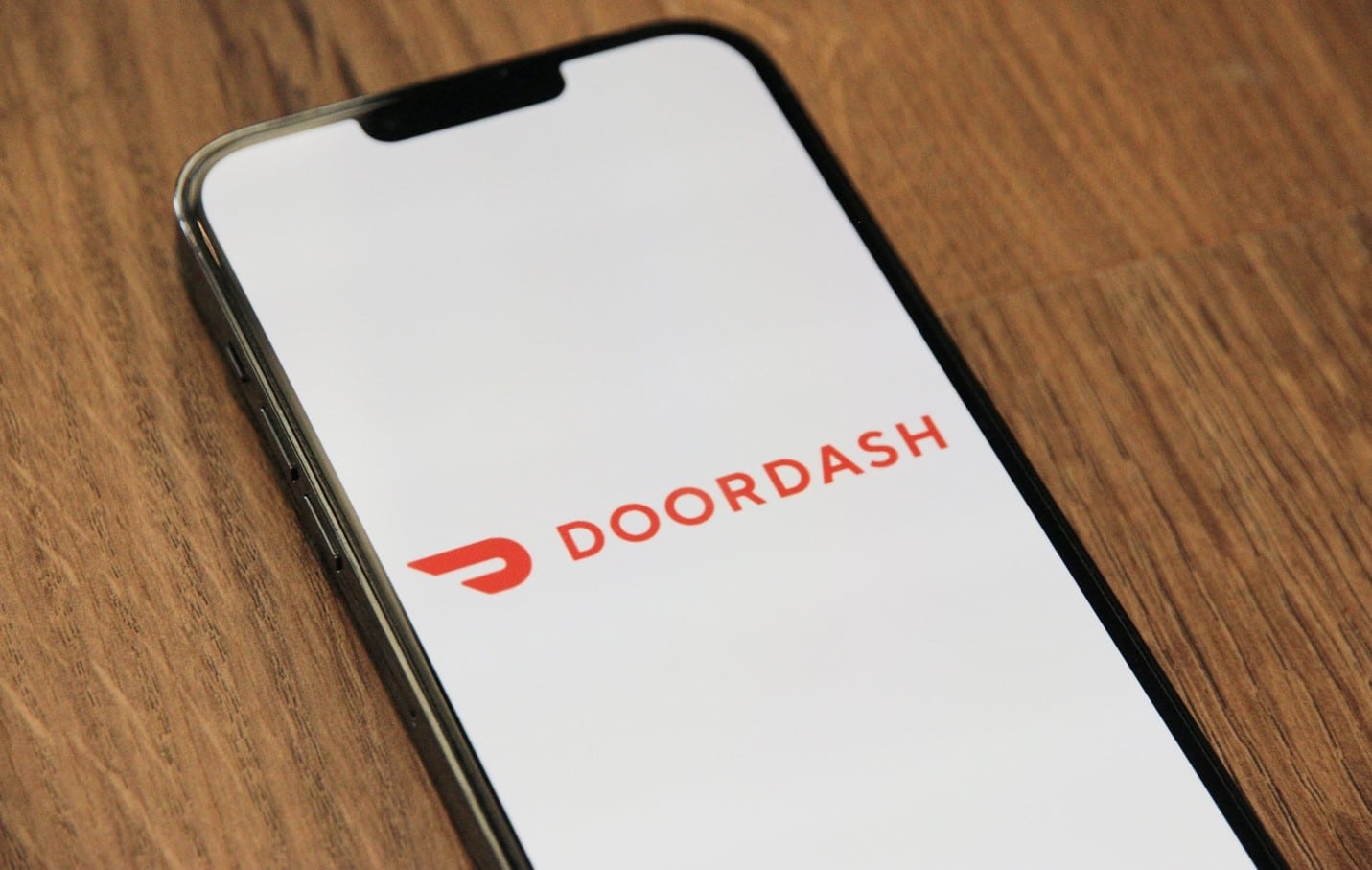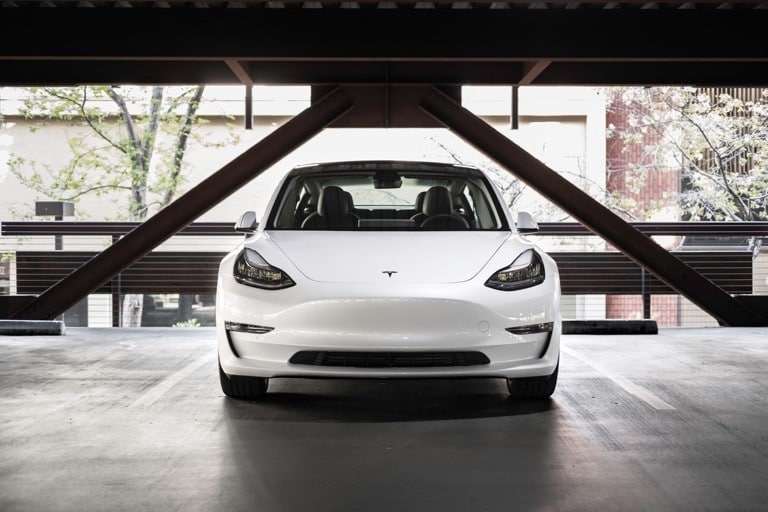Company: Samsung
CEO : Koh Dong Jin, Kim Ki Nam, and Kim Hyun Suk
Year founded : 1938
Headquarter : Samsung Town, Seoul, South Korea
Number of Employees (FY2022): 266,670
Public or Private: Public
Ticker Symbol: KSE
Market Cap (Apr 2023): 426 KRW Trillion
Annual Revenue (FY2022) : 302.23 KRW Trillion
Profit | Net income (FY2022): 54.73 KRW Trillion
Products & Services: Camera | Smart Phones | Memory Cards | Camcorder | TV/LEDs | PC | Stove | Refrigerator | Bulb | Home Appliances
Competitors: Apple | Huawei | Xiaomi | Oppo | Vivo | Lenovo | Sony | HTC | Motorola | Microsoft | Google Pixel | Micromax | Asus | Gionee | iball | Intel | Nokia
Fun Fact:
Did you know that the total resources of the Samsung group made up about 15% of South Korea’s GDP?
Samsung Electronics Co., Ltd stands today as the world’s second-largest technology company that produces electronic devices. It is a South Korean conglomerate business. Samsung was also titled as the number one in consumer electronics brand worldwide and is recognized for its evolutionary advancements in digital technology.
The company is known to produce equipment that includes telecommunications, electronics, home appliances, and semiconductors.
Initially being launched as an analog driven product line, it transitioned into a universally acclaimed pioneer in technological innovation. The tech industry is currently the world’s largest smartphone and mobile phone manufacturer. Currently, it sells over a hundred products of different varieties and models. Its operational branches are present in about 79 countries.
Lee Byung-Chul founded Samsung in 1938. It initially started as a trading company until it gradually evolved into an electronics manufacturer in the late 1960s. It employees about 266,670 employees as of December of 2022.
Its current CEOs are Koh Dong Jin, Kim Ki Nam and Kim Hyun Suk who assumed their positions in March 2018.

SWOT Analysis of Samsung
The following is the SWOT analysis of Samsung:
Samsung’s Strengths – Internal Strategic Factors
1. Dominates the Smartphone Market
Samsung has dominated the smartphone market for years. According to 2021 report by Gartner, Samsung has maintained the No. 1 spot globally with a 19% market share in smartphone sales, whereas Apple is in the second spot with 16.7% market share and Xiaomi in the third spot with a 13.2 % market share.
2. Research and Development
The foundation of Samsung has always been Innovative research and development. Expenditure in these departments resulted in the company having a wide range of product portfolios among its competitors.
These include tablets, camcorders, mobile phones, cameras, TV/video/audio, Memory Cards, PC, and other accessories. They have 16 overseas R&D centers and 7 AI centers around the world to secure innovative technologies and enhance global R&D capacity worldwide.
3. Award Winning Brand
Samsung’s position as a pioneer for innovation is backed with credibility. Samsung has won many awards for its products. Samsung has been awarded the CES (Consumer Electronics Show) owing to its product designs and innovation for many years.
It went on to receive 43 CES awards in 2022. Moreover, It secured 48 awards at the International Design Excellence Awards (IDEA).
4. Ecologically Friendly Innovations
Samsung has enhanced its brand reputation through its environmentally friendly innovations. It secured its ranking at 8th position in the Top 30 Tech and Telecom companies of the Environmental Protection Agency (EPA) 2022 Green Power Partner list.
It also received a rare ENERGY STAR Corporate Commitment Award. Samsung’s product efficiency has saved approximately 270 million metric tons CO2 emissions worldwide since 2009. Other companies do not share this achievement and hence increases Samsung’s appeal across all business units.
5. Stronghold in the Asian Markets
Samsung retains a stronghold in the Asian markets, particularly India and China. Both emerging economies India’s and China’s markets are growing substantially which is why Samsung has taken advantage of the opportunity and get incentivize in these countries accordingly.
6. Samsung overtakes Intel as biggest chip seller
In 2021, Samsung was hailed as the largest chip seller with a global market share of 12.3% in semiconductors by revenue, getting ahead of Intel (market share 12.2%) thanks to Samsung’s strong growth.
According to Gartner reports, the South Korean tech giant’s revenue grew 28% year over year to $73 billion in 2021. Due to the outbreak, the demand for chip used in personal computers, servers, and other electronic devices increased exponentially.
7. Diversified Portfolio
Samsung has a very diversified portfolio, and it operates four divisions:
- Consumer Electronics – represents about 20% of total revenue. The division sells home electric appliances such as TV, washing machines, air conditioner, monitors, and refrigerators.
- Information technology & Mobile communications – represents about 39% of total revenue. The division has products such as smartphones, network systems, and computers.
- Device Solutions – is the largest division of Samsung and accounts for about 45% of total revenue. It consists of two sub-divisions: Semiconductor (75% of divisional revenue) and Display Products (25% of divisional revenue). Products sold in this division include DRAM, NAND flash, mobile AP, mobile OLED panels, LCD panels, and semiconductor-related products.
- Harman – was acquired by Samsung in 2017 and represents 4% of total revenue. Harman manufactures and sells digital cockpit, telematics, and speakers.
| Segments | FY21 Revenue (₩ trillion) | % Share |
| Consumer Electronics | 56 | 20% |
| Information technology & Mobile communications | 109 | 39% |
| Device Solutions | 125 | 45% |
| Harman | 10 | 4% |
| Intercompany elimination | -21 | -7% |
| Total | 279 | 100% |
8. Brand valuation
Samsung ranks #5 position by Interbrand in 2021 – with a brand value of $74.6 billion, following competitors such as:
- #1: Apple (Brand value $408.3 billion)
- #2: Amazon (Brand value $249.2 billion)
- #3: Microsoft (Brand value $210.2 billion)
- #4: Google (Brand value $196.8 billion)
9. Strong global presence
Although Samsung’s headquarters is based in South Korea, it has 14 regional headquarters and more than 228 subsidiaries worldwide. It is truly a global company.
- Its domestic market accounts for 16% of total revenue, while its largest overseas market, America, accounts for 35% of total revenue.
- Europe comes in second and accounts for 18% of total revenue.
- China takes third place and accounts for 16% of total revenue.
- Other Asian countries and Africa account for 15% of total revenue.
| Regions | FY21 Revenue (₩ trillion) | % Share |
| Korea | 44 | 16% |
| America | 98 | 35% |
| Europe | 50 | 18% |
| Asia and Africa | 42 | 15% |
| China | 45 | 16% |
| Total | 279 | 100% |
Samsung’s Weaknesses
1. Heavily dependent on the American Markets
It is estimated that both Apple and Samsung combined sold at least 74% of smartphones in the USA market. While Samsung has diversified its resources and expanded its operations in Asia, it is still heavily dependent on the American markets.
The American economy is very unpredictable and another recession could put Samsung’s revenues in jeopardy and can damage its operational resources. That’s why Samsung needs to involve itself into the Asian and European markets to ensure sustainability and avoid potential failures if the US economy ever collapses.
2. Decline in Smartphone Sales
Samsung has been experiencing a decline in smartphone sales since 2017. A similar trend was seen in China due to the price sensitivity of the Chinese market. They dump a lot of those products in the Indian market at a lower cost which harms the Samsung sales. Samsung has tried to shift more focus in India, but that strategy did not produce substantial results for the company.
3. Product Failures
Any product that threatens the life of consumers erodes confidence and trust in the company. Samsung has delivered several faulty products to the market from the exploding Samsung Galaxy A20e to a faulty foldable phone.
4. Dependence on Low-end Smartphones
A large portion of Samsung revenues come from low-end smartphone sales. Supply chain constrains i.e. component shortage and longer delivery have impacted this segment more than the high-end smartphone segment, which played a role in Samsung’s decline from 80 million smartphone sales and 22.1% of market share in Q3 2020 to 69 million smartphones sold in Q3 2021 with 20.2% of market share (as per Gartner Report).
5. Hereditary Leadership
Since its founding, Samsung has always been under the leadership of the family for three generations. Even though keeping the leadership within the family has offered Samsung immense stability, the company can stagnate due to a lack of fresh ideas. After being dogged by several scandals, Samsung heir Jay Lee has vowed to end dynastic succession.
6. Bribery Scandal
In 2015, Samsung’s reputation was tainted by the revelation that the president of the company bribed the government of South Korea to facilitate a merger. He was found guilty and jailed for about one year, which eroded trust bestowed by consumers in South Korea and the world over. In 2021, Lee Jae-Yong was released having served 18 months in prison.
Samsung’s Opportunities
1. Triple Protection Proposition
Samsung is preparing to launch its new air conditioning product called the ‘Triple Protection Proposition’ that incorporates cutting edge technology and impeccable construction. The product is geared towards a target customer base that would ensure maximum customer retention.
2. HR Management
Samsung can make impressive transformational accomplishments if it invest in its HR management. Not only would it be good for its sales but it will also give it competitive leverage over its rival. The company can utilize its brand image and hire highly qualified and skilled employees to improve employee performance and productivity.
3. Diversification and Acquisitions
It is critical that Samsung avoids the mistake of being limited to just one marketplace. It not only invites risks from an economic perspective, but it also attracts unwanted political polarization and negative media publicity.
That’s why there is a business vacuum present in the Asian and European economies in which Samsung can thrive. It needs to expand its customer base as well. It can only be achieved through diversification and acquisitions of other businesses. Samsung is a popular brand and can generate impressive revenues thanks to its financial standing.
4. Introduce Innovative Products
The smartphone sector is highly dynamic, with the latest trends going out of style in an instant. Samsung can attain immense growth by setting the trend with great and innovative products like the foldable phone.
5. 5G Technology
As the world moves to 5G, Samsung has the capacity and know-how to exploit this opportunity. The company is already in active commercial discussions with operators in the EU to supply 5G and 6G network equipment. Samsung is one of the top companies in the UK’s list of potential 5G providers.
6. Samsung Makes Powerful Processor for Next-Gen Smartphone Gaming
The South Korean tech giant recently launched its cutting-edge Exynos 2200 processor that’s integrated with the Xclipse GPU from AMD.
At the forefront of groundbreaking semiconductor tech, Samsung’s new Exynos processor is the next level mobile processors designed with multiple CPU cores for exhilarating and breathtaking mobile phone gaming graphics and performance.
The Exynos 2200 is also integrated with updated NPU (neural processing unit) and also features RT (ray tracing) technology.
Samsung’s Threats
1. Patent Infringement Controversies
Samsung has been involved in controversies that have threatened its business. Its rival Apple filed a lawsuit against Samsung for patent infringement which underwent a heated court battle for seven long years until finally reaching a settlement.
However, the company suffered consequences when a jury decided that Samsung had indeed copied Apple and was to pay $1.049 billion in damages. This suit damaged the company’s reputation and its sales.
2. Increased Competition
Competition from opponents especially from those within the consumer electronics, smartphone products, and computing industries has reached a record high.
Whether it’s Xiaomi, Apple, or Huawei, all the technological competitors are outmaneuvering and outperforming each other to become the best technology company. This only increases the pressure for Samsung in both competition and finances.
3. Legal and Regulatory Threats
With the world becoming more globalized and digitally oriented, governmental authorities have begun issuing their guidelines which are increasing legal and regulatory threats to companies around the globe.
Samsung is no exception to these rules. Laws differ from market to market, and these strict regulations cause a hindrance in operations. Failure to comply could even result in a complete shutdown in the respective market which may be fatal for Samsung.
4. Economic Uncertainty
Recent events have catalyzed uncertainty in the global market and led to a decline in new smartphone sales. Financial struggles have forced many consumers to seek recycled or refurbished phones, which has increased by 24%. Samsung has already experienced a decline in sales, and it can drop further if uncertainty persists.
5. Rise of Counterfeiting
According to numerous research studies, Samsung is by far the most counterfeited phone brand. Statistics from mobile benchmarking site AnTuTu highlight that over 36% of all counterfeit smartphones are Samsung copies. Also, Samsung Galaxy S7 Edge holds the record of the most counterfeited smartphone model.
6. Impending Court Cases
Any disruption in leadership can affect performance. A South Korean court is debating whether to send Samsung’s leader and heir Jay Lee back to jail. New allegations of stock-price manipulation and audit-rule violations have dogged the executive and threaten to throw the company into another tumultuous period without leadership.
7. Dissatisfied Phone Users
There’s a lot of buzz on the internet on how Samsung Galaxy S users are unable to clear their cache. According to one complaint, as soon as a user deleted their entire cache and then re-entered the cache setting, all the data was still there.
No matter how many times you delete the cache, it doesn’t go away. Samsung support desk asked one user whether it is like this on other social media apps like Instagram or YouTube and the user replied that the problem only lies with the Samsung internet app.
8. LG’s Foldable Display Technology May Surpass Samsung
While it’s true that LG doesn’t seem to be making big waves in the smartphone industry, it’s also true that the company has several different divisions. These divisions manufacture core parts or components for different smartphones and mobile devices.
LG Chem recently introduced their new foldable display technology, asserting that it’s effortlessly greater than the current glass displays – particularly the types of materials Samsung uses. Unlike Samsung, LG claims that their new material is made with a specialized coating that has the same consistency of hard glass, yet it is malleable like plastic.
Conclusion
Through the SWOT analysis of Samsung, it is clear that the company is still a global leader in chip making and smartphone brands. It has always sustained sufficient revenue and profits as it progresses into the future.
The primary challenge it has to face is cutting back on its overreliance on the American markets and explore the potential to operate in other markets. It needs to focus mainly on the Asian continent that is developing at an exceeding rate.
Its limited customer base in the US is not reliable enough and may lead to limited revenue and profits. That can become a persistent issue for the company. They need to expand internationally and incorporate a new consumer demographic to thrive.














Thanks for this! I found this very helpful for my entreprenurship assignment 🙂
Mohd Hafiz, I am glad it helped you.
Good luck with your assignment !!!
Thank you so much this was very helpful for my business environment assignment
Thank you Clara,
All the best for your assignment !
I’m so sure we are doing the same assignment
Unilus…
I enjoy reading your SWOT analysis section…..Please do make more
Glad you liked our swot analysis,
any specific company swot that you are looking for ?
Very insightful.
article. Thanks for sharing
Very Significant and Helpful article
Thank you for the valuable information. It was really helpful to complete my Business Environment assignment.
Glad you liked our analysis Lia!